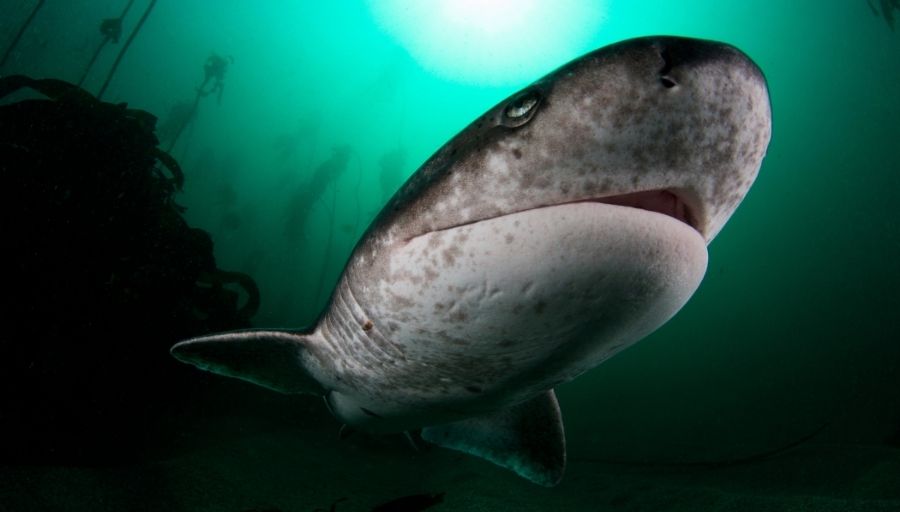Mackerel sharks belong to the order Lamniformes in which there are almost 22 species of sharks included. Some of the well-known and notorious species of sharks are included in this diverse group which possesses many remarkable features. Here are some interesting facts about these sharks and the general characteristics that they possess.
What habitat do Lamniformes share?
The species of Mackerel sharks are distributed in almost all the oceans and seas over the globe but mostly they are spotted in the open waters of the Pacific, Atlantic, and Indian Oceans. They prefer to live in the warm waters of the tropical and temperate regions whereas some are also spotted in the shallow and coastal waters along the continental slope regions.

Habitat of Lamniformes
They are deep swimmers and can swim at the depth of 600 to 4,000 feet.
What are the physical characteristics of Lamniformes?
The members of Lamniformes vary in size from 3.3 feet or 1 meter to 49 feet or 15 meters in length. The sharks have slender bodies with crescent tails, long pointed cone-shaped snouts, five pairs of gills slits, two dorsal fins, and one anal fin.
Caudal and tail fins are almost the same in shape, the mouth extends towards the outer edges of the eyes, the eyes are without nictitating membranes, and the jaws have multiple rows of lamnoid teeth – large anterior and lateral teeth and small intermediate and posterior teeth.

What do Lamniformes eat?
Mackerel sharks are highly predatory animals that hunt actively during night hours. They feed on the fishes belonging to small families such as bony fishes, sharks, rays, invertebrates including squids, crustaceans, octopuses, gastropods, and marine mammals such as dolphins, marine turtles, whales, and oceanic birds.

However, some species prefer zooplanktons on their menu, and some lamniform sharks feed on the members of their own families as well.
Which species are included in the order Lamniformes?
The following 15 most famous species of sharks are categorized under the heading of Mackerel sharks:
- Basking sharks
- Big-eye Sand Tiger sharks
- Big-eye Thresher sharks
- Common Thresher sharks
- Crocodile sharks
- Goblin sharks
- Great White sharks
- Longfin Mako sharks
- Shortfin Mako sharks
- Mega-mouth sharks
- Pelagic Thresher sharks
- Porbeagle sharks
- Salmon sharks
- Sand Tiger sharks
- Small-tooth Sand Tiger sharks
What is the conservation status of Lamniformes?
Many species of Mackerel sharks have been considered threatened or extinct by IUCN. The population of many important shark species has been declining day by day due to human activities or climate changes.

The Basking sharks, White sharks, Short and long fin Mako sharks, two species of Sand tigers, and three species of Thresher are listed as Vulnerable species whereas the Crocodile sharks are listed as Near Threatened.

The Goblin sharks are classified as the Least Concern species whereas Big eye sharks are listed as Data Deficient species as they have been rarely seen because of their deep water habitat.

Bottom line
The Order Lamniformes comprises 22 species which are classified into 10 different families. The species are widely distributed in the Pacific, Atlantic, and Indian Oceans at the depth of 600 to 4,000 feet. The Mackerel sharks range in size from 3.3 feet or 1 meter to 49 feet or 15 meters in length. Almost all living creatures from small crustaceans to giant whales are included in their menu. However, the population of species is declining by human activities or changes in climate, thus a proper conservation program is needed to prevent the species from going extinct.







